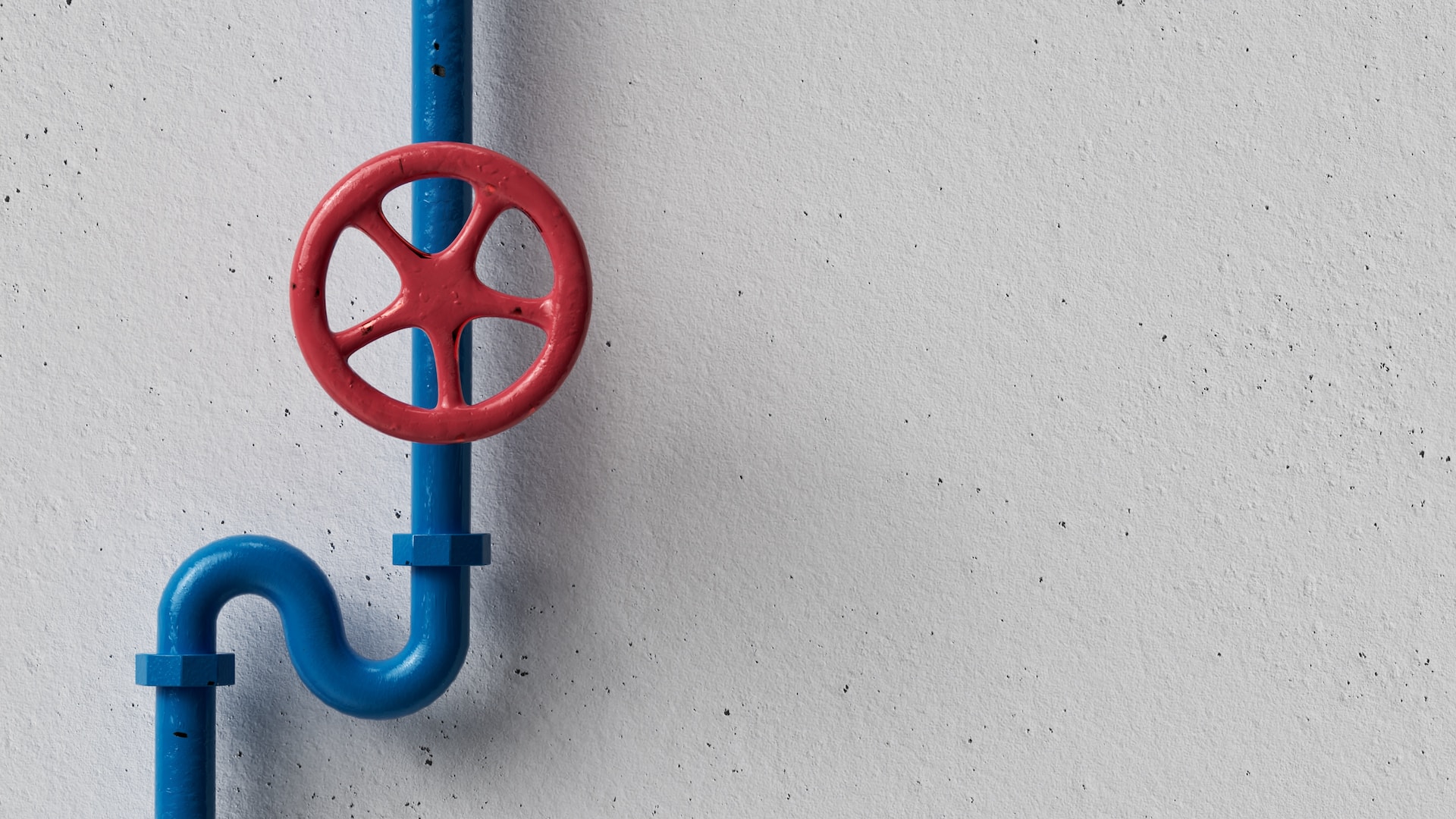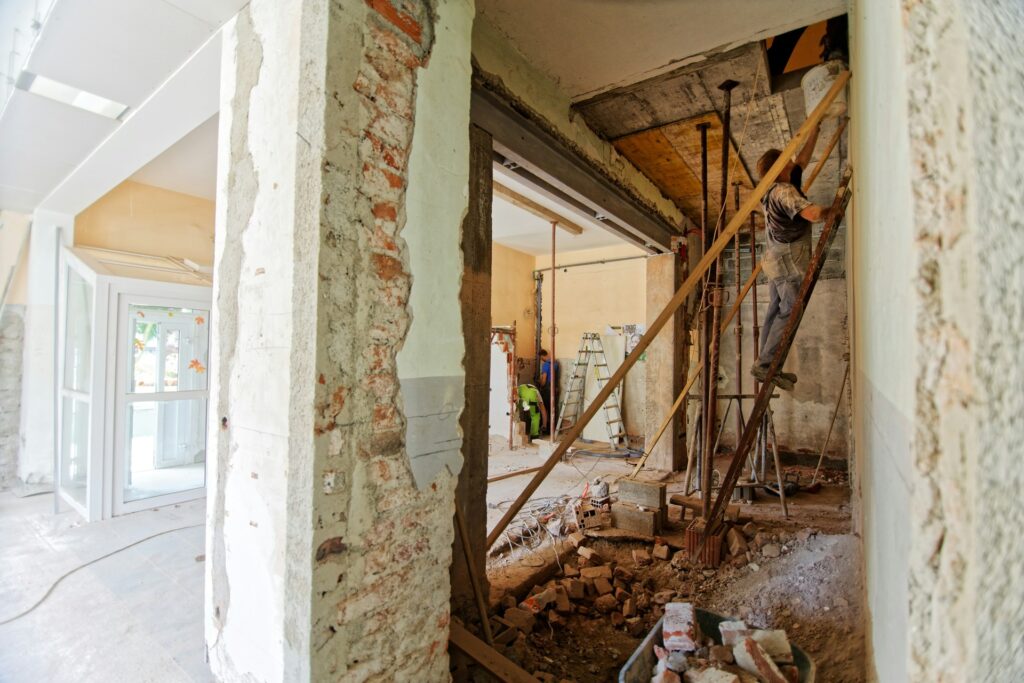
We are reader-supported. When you buy through links on our site, we may earn an affiliate commission.
A sump pump directs excess water away from your property when water levels in your basement are too high. If you’ve ever experienced flooding in your home, you know how important it is to protect it from water damage. put a sump pump install on your list for DIY projects and learn how to install a sump pump before the rainy season.
How To Install A Sump Pump
You will need several tools before you start.
Heavy tools:
- Jackhammer
- Drill
- Hacksaw and Hole Saw
Safety and measuring tools:
- Goggles, ear protection and a mask
- Heavy duty boots (preferably steel toe)
- Pencil and tape measure
The Pump:
- Sump pump
- Sump Basin
Installation tools:
- Shovel
- Landscape gravel
- Concrete pave (one-foot-square)
- Five-gallon buckets
- Sump basin and lid
- Well filter fabric
- Pvc pipes and elbows
- PVC pipe adhesive
Step-by-step Guide:
Step 1: Measure and Mark the Sump Basin Area
The best place to put your sump pump is in an area that usually accumulates moisture like the lowest point in your basement. When you have found the right area, you’ll need to use the sump basin as your measuring tape for this step. Turn the basin upside down, lay it on the concrete floor then draw a ling around it with the pencil.
Step 2: Break Up the Concrete
Now is the right time if you haven’t already put on your protective gear. It’s essential to wear protective gear with any DIY project. You will use the jackhammer to demolish the concrete in the are you just marked. Start at the centre and work slowly to ensure you stop right at the edge of the circle. Remove the debris and put it in the buckets for now.
Step 3: Install the Sump Basin
Dig out the soil with the shovel. You will need a hole as deep as the height of the sump basin plus about four inches.
Pour four inches of landscape gravel into the hole then place the paver over the gravel to create a stable platform for the basin. Line the sump basin’s exterior with the filter and place it gently into the hole. Lining the pump will prevent silt and sludge clogs in the basin.
Step 4: Test the Float Valve
Before you install the pump, you need to test it and ensure it will work properly for your draining needs. The first thing you need to do is ensure it has weep holes or perforations which allow water to enter the pump from the sides and the bottom. Next, you need to test the float valve. It should be able to rise with the water level and move freely for the pump to work efficiently. Use our hand to move the valve up and down to ensure it’s clear of obstructions.
Step 5: Install the Pump
Put the pump into the sump hole, ensuring it faces up. Choose an exit point for the water that the sump pump will drain from your home. Ensure the discharge pipe sticks out from your house enough for the water to flow away. You don’t want drained water to return and undo your hard work once you install the pump.
There are two water discharge options. You can discharge your water outside your home or ask your municipality if they allow sump pump water into the public storm sewer.
Measure from the exit to the discharge point. Cut and measure the PVC pipes and connect to the pump. Add adhesive and elbows as necessary.
Plug the pump into a Ground Fault Circuit Interrupter (GFCI) outlet. Test the outlet before you finish the installation. Thereafter, you should test the GFCI once every month to ensure it’s still working.
Although a GFCI can reduce your sump pump power, it’s essential to have one to protect from electrocution and ground trips. If your GFCI has nuisance trips regularly, get a professional to check it out. It could be a sign of worn-down seals and gaskets that may need replacing. You can also install a backup battery for the sump pump, incase the GFCI trips or you have a power outage.
Step 6: Test the Pump
Pour clean water into the sump basin. It should be enough to make the water level in the basin rise. You will know that the sump pump is working correctly if the pump’s float rises with the water and turns the pump on.
Once you test your sump pump, you’re done. Close the sump basin with the lid and make sure the open slot is around the pump cord and discharge pipe
Top 3 Sump Pumps
Best Budget Pump: Superior Pump 91250 1/4 HP Thermoplastic Submersible Utility Pump
1/4 HP motor
1,800 GPH capacity
The Superior pump is a go-to for limited budgets and small spaces. It pumps 1,800 gallons per hour down to an eighth of an inch from the bottom of the sump basin. It also connects to your garden house, so it works well if you’re just looking for a simple draining system for the occasional pump.
Most reviews praise the pump for its efficiency and ability to perform quickly in emergency situations. It also has a long electric cord, which helps prevent electrical accidents.
Best Heavy-Duty Pump: Zoeller M53 Mighty-Mate Sump Pump
1/3 HP motor
2,580 GPH Capacoty
The Zoeller is a long-lasting heavy duty sump pump that’s known for quality performance. It’s made out of powder-coated casy iron to withstand tough conditions. The best part? It operates almost noiselessly.
Most Reliable Pump: The Basement Watchdog SIT-50D
1/2 HP motor
4,400 GPH capacity
The Wathcdog has a dual float system which acts as a safeguard from trigger failures or power trips. If the first floating ring stops working, it uses the the extra battery to start the second float so it continues to pump out water.
Protect Your Home From Water Damage
Installing a sump pump will protect your home from water damage. It’s a worthy DIY project for homeowners in wet climates or flood-prone areas. When the storms come, you know you’ll be secure. Remember to wear protective gear and test your sump pump and float valve before sealing the basin with the lid.










